Home>diy>Building & Construction>What To Do When Fire Alarm Goes Off In An Apartment Building
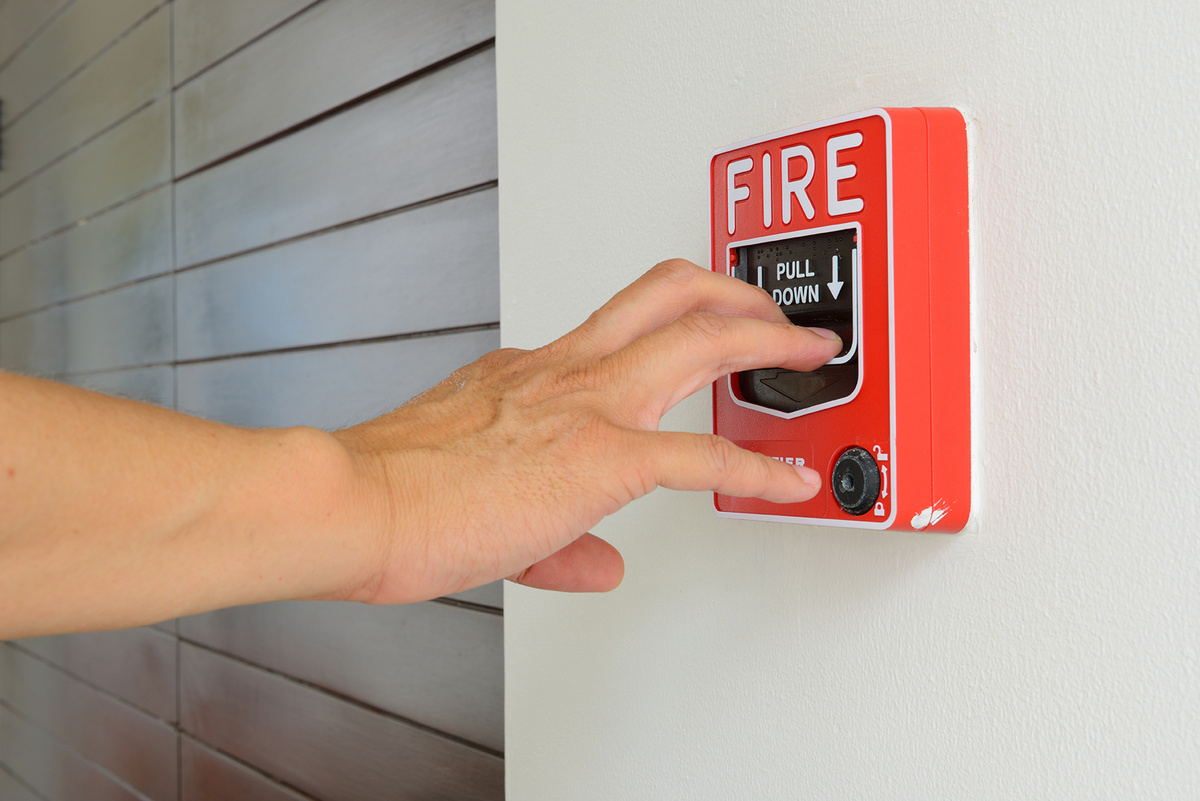

Building & Construction
What To Do When Fire Alarm Goes Off In An Apartment Building
Modified: February 25, 2024
Discover the essential steps to take when a fire alarm goes off in your apartment building. Ensure the safety of yourself and others by following proper building construction protocols.
(Many of the links in this article redirect to a specific reviewed product. Your purchase of these products through affiliate links helps to generate commission for Storables.com, at no extra cost. Learn more)
Introduction
When a fire alarm goes off in an apartment building, it can be a terrifying and stressful experience. However, it’s crucial to stay calm and take immediate action to ensure everyone’s safety. In this article, we will guide you through the steps to follow when faced with a fire alarm in an apartment building. By understanding these procedures and being prepared, you can effectively mitigate risks and prevent injuries. So, let’s dive in and learn what to do when a fire alarm is activated.
First and foremost, it’s important to understand that fire alarms are designed to alert residents of a potential fire hazard. They are installed strategically throughout the building to provide early warning and increase evacuation time. So, when you hear the alarm, do not ignore it or assume it’s a false alarm. Treat every alarm as a real emergency and spring into action.
The immediate response to a fire alarm can significantly impact the outcome of the situation. By following the proper procedures, you can ensure the safety of yourself and others in the building. So, let’s take a look at the steps to effectively deal with a fire alarm in an apartment building.
Key Takeaways:
- Stay calm, assess the situation, and follow the building’s fire escape plan to ensure a swift and safe evacuation during a fire alarm in an apartment building. Prioritize safety and alert other residents for a coordinated response.
- Use stairways, check for hazards, and stay low to minimize smoke inhalation. Identify the assembly point, call emergency services, and follow further instructions from authorities for a well-coordinated and safe response to a fire alarm in an apartment building.
Read more: What To Do If A Burglar Alarm Goes Off
Step 1: Stay Calm and Assess the Situation
When you hear a fire alarm go off in your apartment building, it’s natural to feel panicked. However, it’s essential to stay calm and composed to make rational decisions. Panic can cloud your judgment and hinder your ability to respond effectively.
Begin by taking a deep breath and reminding yourself to stay focused. Assess the situation to determine the severity of the alarm. If you see or smell smoke, hear crackling sounds, or notice any other signs of a fire, it’s crucial that you take immediate action.
If you don’t see any immediate signs of a fire, it’s still important to take the alarm seriously. It could be a small fire that has not yet produced visible smoke or flames. Always assume the worst-case scenario and be prepared to evacuate.
Next, quickly evaluate your surroundings. Identify any potential hazards that may hinder your evacuation or endanger your safety. Look for obstructions in the hallways, such as fallen debris or furniture, and avoid any areas where smoke is present.
Remember, safety should always be your top priority. If you are unsure about the situation or feel unsafe for any reason, it’s best to err on the side of caution and evacuate the building.
By staying calm and assessing the situation, you will be better equipped to make informed decisions and take appropriate actions in response to the fire alarm.
Step 2: Follow the Building’s Fire Escape Plan
Every apartment building should have a fire escape plan in place to ensure the safe evacuation of residents in case of an emergency. It’s crucial to familiarize yourself with this plan beforehand so that you can quickly and efficiently navigate your way to safety when the fire alarm goes off.
Start by locating the nearest fire exits in your building. These exits are typically marked with illuminated signs and are strategically placed throughout the hallways and stairwells. Take a moment to visually identify the nearest exits to your apartment.
It’s also important to familiarize yourself with the designated evacuation routes outlined in the fire escape plan. The plan should provide clear instructions on which stairwell or hallway to take, as well as any alternative routes in case the primary exit is blocked or unsafe.
Additionally, the fire escape plan should indicate the assembly point where residents should gather once they have evacuated the building. This could be a designated area outside the building or in a nearby location. Knowing the location of the assembly point will help ensure that everyone can be accounted for and receive any necessary assistance.
Remember, when following the building’s fire escape plan, always use the stairways instead of elevators. Elevators may malfunction during a fire emergency, potentially putting you at risk. Stairways provide a safer and more reliable means of evacuation.
Take the time to review and understand the fire escape plan provided by your building management. By familiarizing yourself with the plan and following it during an emergency, you can navigate the building efficiently and ensure a swift and safe evacuation.
Step 3: Alert Other Residents
During a fire emergency in an apartment building, it’s not only important to ensure your own safety but also to notify and assist other residents. By alerting your neighbors, you can help ensure that everyone is aware of the situation and can evacuate the building promptly.
As you make your way to the nearest exit, knock on doors or ring doorbells to notify your neighbors. Shout “Fire! Evacuate!” or use a similar phrase to convey the urgency of the situation. Stay at a safe distance from the doors to avoid inhaling smoke or exposing yourself to potential hazards.
If you encounter a neighbor who is unaware of the situation, calmly inform them about the fire alarm and urge them to leave their apartment immediately. Encourage them to follow the fire escape plan and guide them towards the nearest exit.
If you come across anyone who is unable to evacuate on their own, such as elderly individuals or people with disabilities, offer assistance if it is safe to do so. If necessary, inform emergency responders about the location of these individuals, so they can provide the appropriate assistance.
Remember, it’s crucial to prioritize your own safety while alerting others. If you encounter significant smoke or flames, or if it becomes difficult to navigate due to the fire, it’s important to continue with your evacuation and inform emergency services about the presence of others who may still be inside.
By alerting other residents and assisting those who may need help, you can contribute to a safer and more efficient evacuation process in your apartment building.
Step 4: Evacuate the Building Immediately
When a fire alarm goes off in an apartment building, it is crucial to evacuate the premises as quickly as possible. Prompt evacuation is the key to ensuring your safety and that of others in the building.
As soon as you hear the fire alarm, stop what you’re doing and leave the building immediately. Do not waste time gathering belongings or searching for valuables. Your primary focus should be on getting yourself and others out of the building safely.
If possible, close all doors behind you as you leave your apartment or any other area of the building. This can help slow the spread of fire, smoke, and toxic fumes, potentially buying more time for people to evacuate and for emergency responders to arrive.
When evacuating, always use the designated exit routes identified in the building’s fire escape plan. Avoid using elevators, as they may malfunction during a fire emergency. Instead, utilize the stairways, which are a safer and more reliable means of evacuation.
While exiting the building, be cautious of any potential hazards, such as obstructed hallways or fallen debris. If you encounter smoke, try to stay low to the ground where the air is less toxic and cover your mouth and nose with a cloth or your hand to prevent inhalation of smoke.
Do not attempt to break windows or jump from high floors unless it is absolutely necessary. This should only be considered as a last resort when there is no other path to safety.
Remember, there is strength in numbers. If possible, try to evacuate with a neighbor or a group of people to ensure everyone’s safety. Look out for one another and provide assistance when needed.
Once you have safely evacuated the building, proceed to the designated assembly point. This is where emergency responders will gather and where you can be accounted for. Stay at the assembly point until you are given further instructions by the authorities.
By evacuating the building immediately, following the designated exit routes, and being mindful of potential hazards, you can ensure your safety and the safety of others during a fire emergency in an apartment building.
Step 5: Use Stairways Instead of Elevators
During a fire emergency in an apartment building, it is crucial to always use the stairways for evacuation instead of the elevators. While elevators may seem like a quicker and more convenient option, they can be extremely dangerous during a fire situation.
There are several reasons why using the stairways is the safest choice. First and foremost, elevators are prone to malfunctioning during a fire emergency. Power outages, smoke infiltration, or mechanical failures can leave individuals trapped inside the elevator, putting their lives at risk.
Stairways, on the other hand, are generally designed to withstand fire for a longer period of time, providing a more reliable and secure route for evacuation. They are made of fire-resistant materials, have adequate ventilation, and are often separated from the main building structures to prevent the spread of smoke and flames.
Moreover, using the stairways allows emergency responders to have clear access to the building. Firefighters and other rescue personnel may need to use the elevators to transport equipment and reach higher floors more efficiently. By avoiding the elevators, you can help ensure that emergency personnel can do their job effectively.
When using the stairways, be cautious of any obstructions or hazards that may impede your path. If you encounter smoke in the stairwell, try to stay low where the air is clearer and cover your nose and mouth with a cloth to prevent inhalation of smoke.
It’s important to remember that the elevators should only be used during a fire emergency if instructed to do so by emergency personnel. Otherwise, always opt for the stairways as your primary means of evacuation.
By using the stairways instead of the elevators during a fire emergency, you can significantly reduce your risk of getting trapped and ensure a safer and more efficient evacuation for yourself and others in the building.
If the fire alarm goes off in an apartment building, evacuate immediately using the nearest stairwell and do not use the elevator. Follow the designated evacuation route and gather at the designated meeting point outside the building.
Step 6: Check for Potential Hazards
When evacuating an apartment building during a fire emergency, it is crucial to be mindful of potential hazards that could hinder your escape or pose additional risks. By assessing your surroundings and taking precautions, you can ensure a safer evacuation for yourself and others.
As you make your way towards the exit, be on the lookout for any obstacles or obstructions in the hallways or stairwells. Fallen debris, furniture, or other items can impede your path and slow down your escape. If possible, safely move any objects blocking your way to create an unobstructed route to the exit.
Additionally, be cautious of any damaged or unstable structures that may pose a danger. If you notice cracked walls, compromised ceilings, or weakened handrails, avoid touching or relying on them for support. Notify emergency personnel about any structural damage you encounter so that they can address the issue promptly.
During a fire emergency, it’s important to be aware of potential electrical hazards as well. If you see exposed wires or outlets sparking, avoid touching them and maintain a safe distance. Electrical fires can easily escalate, so exercise caution and do not attempt to handle any electrical equipment.
It’s also important to be aware of your surroundings in case you come across any flammable materials or substances. In an apartment building, there may be storage areas, such as utility rooms or garages, where hazardous materials are stored. Stay away from these areas and avoid any contact with potentially combustible substances.
If you encounter an area filled with smoke, it is crucial to proceed with extreme caution. Smoke can impair your visibility and make it difficult to breathe. Crouch down low where the air is cleaner and cover your nose and mouth with a cloth or your hand to reduce inhalation of smoke. If possible, try to find an alternate path with less smoke to continue your evacuation.
By checking for potential hazards and taking necessary precautions, you can navigate through the apartment building more safely during a fire emergency. Remember, your well-being and safety should always be your top priority.
Step 7: Stay Low and Cover your Mouth
During a fire emergency in an apartment building, smoke inhalation is one of the greatest risks to your health and safety. To minimize your exposure to smoke and toxic fumes, it’s important to stay low to the ground and cover your mouth and nose.
Smoke rises, so the air near the floor is often less smoke-filled and potentially less toxic than the air at higher levels. By staying low, you reduce your risk of inhaling harmful gases and increase your chances of finding cleaner air to breathe.
When you encounter smoke-filled areas, crouch down as close to the floor as possible and move along in a crawling or low crouch position. This technique, known as “duck and cover,” helps to prevent smoke inhalation and keeps you below the densest layer of smoke.
In addition to staying low, it’s crucial to cover your mouth and nose to filter out some of the toxins in the smoke. If possible, use a cloth, scarf, or any available fabric to cover your nose and mouth completely. This makeshift mask can help reduce the intake of smoke particles and provide you with a bit of protection.
When covering your mouth and nose, ensure that the cloth is firmly secured to prevent it from slipping off. Breathe through the fabric to filter the air and minimize your exposure to harmful substances. However, keep in mind that this makeshift mask is not a substitute for proper respiratory protection, such as a certified smoke mask or respirator.
While staying low and covering your mouth, it’s important to keep a calm and steady pace to avoid exhaustion or panic. Move calmly and deliberately towards the nearest exit, following the safest route provided by the building’s fire escape plan.
Remember, if you encounter intense heat, flames, or other signs of immediate danger, prioritize your safety over everything else. Find an alternative route if possible or seek refuge in a safe location until help arrives. Your well-being is paramount in a fire emergency.
By staying low to the ground and covering your mouth, you can minimize your exposure to smoke and increase your chances of breathing cleaner air during a fire emergency in an apartment building.
Step 8: Identify Assembly Point
During a fire emergency in an apartment building, it’s crucial to have a designated assembly point where residents can gather once they have evacuated the building. This is a crucial step in accounting for everyone’s safety and allowing emergency responders to assess the situation.
The assembly point is a predetermined location that is a safe distance away from the building and out of the way of emergency personnel. It is typically identified in the building’s fire escape plan and communicated to residents through signage or official communication channels.
When evacuating the building, make sure to proceed directly to the assembly point without detours or stopping unnecessarily. By gathering at the assembly point, you can ensure that everyone is accounted for and that nobody is still inside the building.
The assembly point should be large enough to accommodate all residents and should be in an easily accessible area. It is crucial to choose a location that is unlikely to be in the path of any potential hazards, such as falling debris or fire spread.
At the assembly point, it’s important to wait calmly and avoid obstructing emergency personnel or their equipment. Do not leave the designated area until you have received further instructions from authorities or emergency personnel.
While at the assembly point, take the opportunity to check with your neighbors and fellow residents to ensure that everyone has safely evacuated. If you notice anyone missing or unaccounted for, inform emergency responders immediately, providing them with any relevant details that may assist in locating the individual.
Remember, the assembly point is a critical location where emergency responders will gather information, assess the situation, and provide further instructions. Listen carefully to any announcements or updates given by the authorities and follow their guidance accordingly.
By identifying and heading to the designated assembly point during a fire emergency, you can contribute to a safer and more coordinated response, ensuring that everyone is successfully evacuated and accounted for.
Step 9: Call Emergency Services
When a fire alarm goes off in an apartment building, it is essential to immediately call emergency services to report the incident. Contacting the relevant authorities ensures that professional help is on the way and can initiate a coordinated response to the emergency.
The emergency services number may vary depending on your location, so it’s crucial to know the appropriate number in your area. In most countries, the emergency services number is 911 or a similar three-digit number that connects you directly to emergency operators.
When calling emergency services, provide them with concise and accurate information about the situation. Clearly state that there is a fire alarm activated in your apartment building, and provide the exact address or location details. The more details you can provide about the situation, the better equipped emergency responders will be to assess the severity and respond accordingly.
Remember to remain calm and speak clearly when communicating with the emergency operator. Answer any questions they may have and follow their instructions carefully.
It’s important to note that calling emergency services should be done as soon as possible after evacuating the building. Your safety and the safety of others should always be the top priority, and it’s critical to evacuate before making the call.
If you are unable to make the call yourself, instruct someone nearby to contact emergency services on your behalf. In a time-sensitive situation like a fire emergency, every second counts.
Once you have made the call to emergency services, provide any additional information that may be helpful, such as the presence of individuals still inside the building or any other relevant observations or concerns.
By promptly contacting emergency services, you can ensure that professional help is on the way to address the fire emergency in your apartment building. This swift response can help prevent the situation from escalating and minimize potential damage or injuries.
Step 10: Follow Further Instructions from Authorities
After evacuating the building and contacting emergency services, it is crucial to closely follow any further instructions provided by the authorities. These instructions are essential for your safety and the well-being of everyone involved in the fire emergency.
Emergency responders, such as firefighters or law enforcement officers, are trained to handle these situations and will provide guidance based on the specifics of the incident. It is essential to listen attentively and comply with their directives.
The authorities may provide instructions on where to go, what precautions to take, or any other necessary actions. Their instructions may include things like staying at the designated assembly point, moving to a safer location if necessary, or providing additional information about the incident.
During this time, it’s crucial to remain calm and patient, as the authorities work to effectively manage the situation. Avoid spreading rumors or speculation about the incident, as this can lead to confusion and hinder the response efforts.
Depending on the severity of the fire and the circumstances, the authorities may give the all-clear for individuals to re-enter the building or provide instructions regarding temporary accommodations, if necessary. It is important to adhere to these instructions and not return to the building until it is deemed safe to do so.
Keep in mind that in some cases, it may be necessary to provide information or statements to the authorities to assist with their investigation into the incident. Cooperate fully and provide any relevant information or details you may have about the fire.
Finally, pay attention to any updates or announcements made by the authorities throughout the process. They may provide important information regarding the current status of the building, safety procedures, or any other relevant developments.
By following the further instructions provided by the authorities, you are actively contributing to a coordinated and organized response to the fire emergency. Your cooperation ensures the safety and well-being of everyone involved and supports the overall effectiveness of the emergency response efforts.
Conclusion
Experiencing a fire alarm in an apartment building can be a frightening and stressful situation. However, by knowing what steps to take and staying calm, you can effectively address the emergency and ensure the safety of yourself and others.
Remember, the key is to stay calm and assess the situation. Take immediate action by following the building’s fire escape plan, alerting other residents, and evacuating the building promptly. Use the stairways instead of elevators, check for potential hazards, and stay low while covering your mouth and nose to minimize smoke inhalation.
Identify the designated assembly point and gather there to be accounted for and receive further instructions from the authorities. Make sure to call emergency services as soon as possible to report the incident and provide accurate information about the situation at hand.
Finally, closely follow any further instructions provided by the authorities, as they are crucial for your safety and the overall management of the fire emergency.
Remember, taking the necessary steps and being prepared can make a significant difference in mitigating risks and ensuring a swift and safe evacuation. Regularly familiarize yourself with the fire escape plan of your apartment building and encourage others to do the same.
Stay vigilant, stay safe, and be prepared. By following these steps and cooperating with emergency responders, you can help minimize the impact of a fire emergency in an apartment building and protect yourself and those around you.
Frequently Asked Questions about What To Do When Fire Alarm Goes Off In An Apartment Building
Was this page helpful?
At Storables.com, we guarantee accurate and reliable information. Our content, validated by Expert Board Contributors, is crafted following stringent Editorial Policies. We're committed to providing you with well-researched, expert-backed insights for all your informational needs.

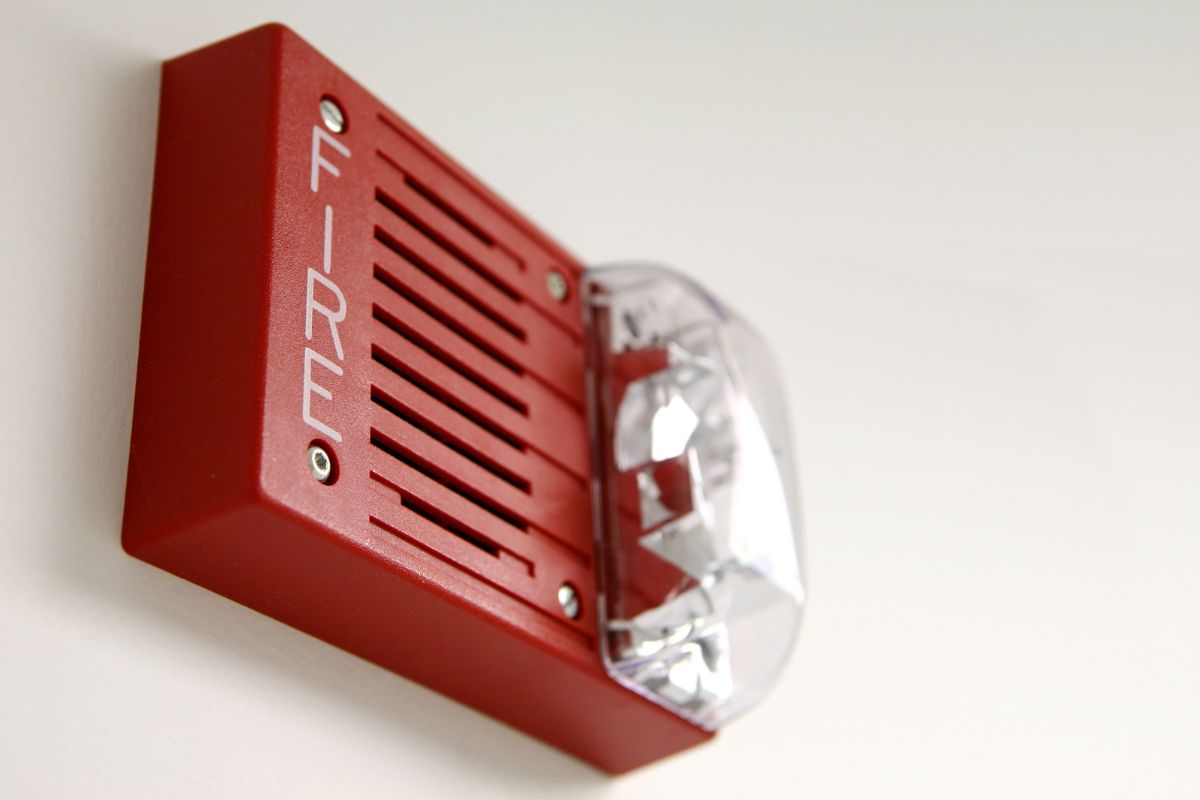
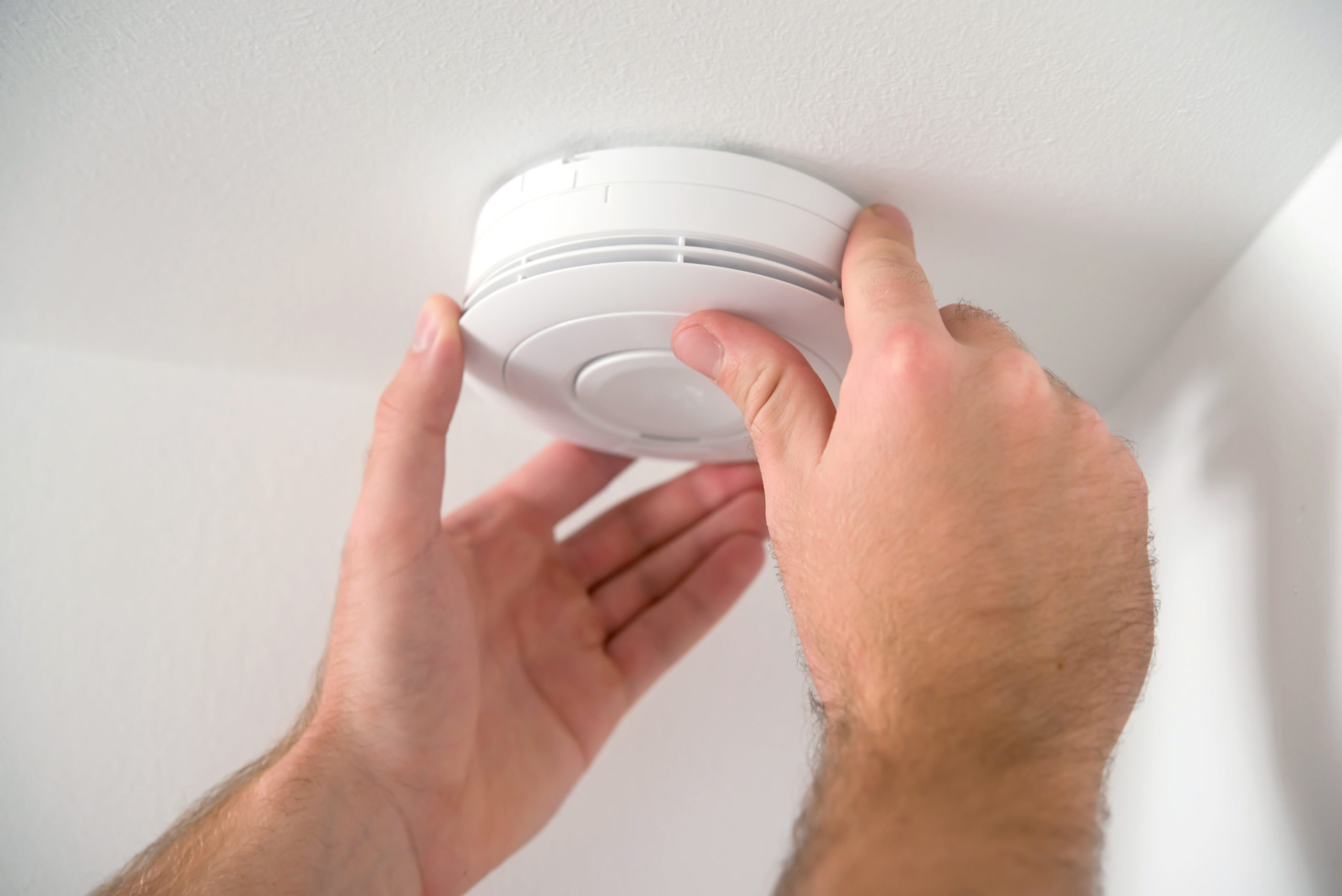
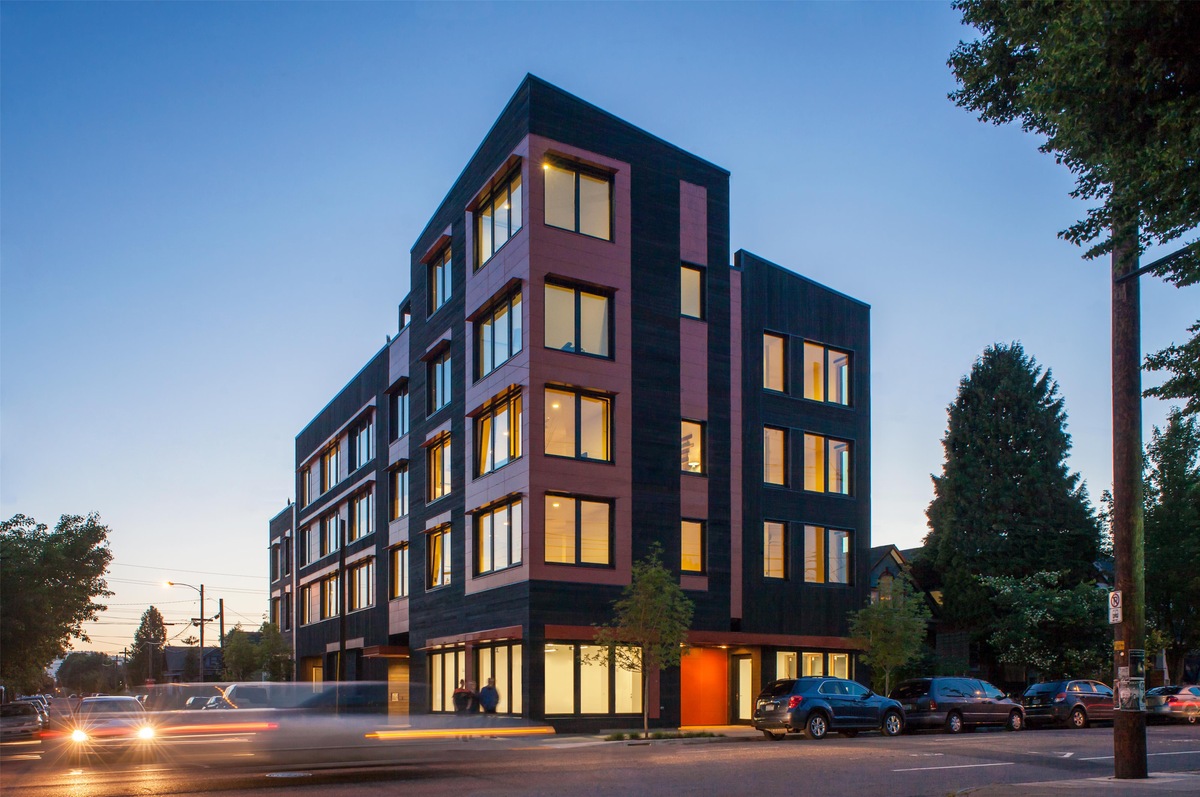
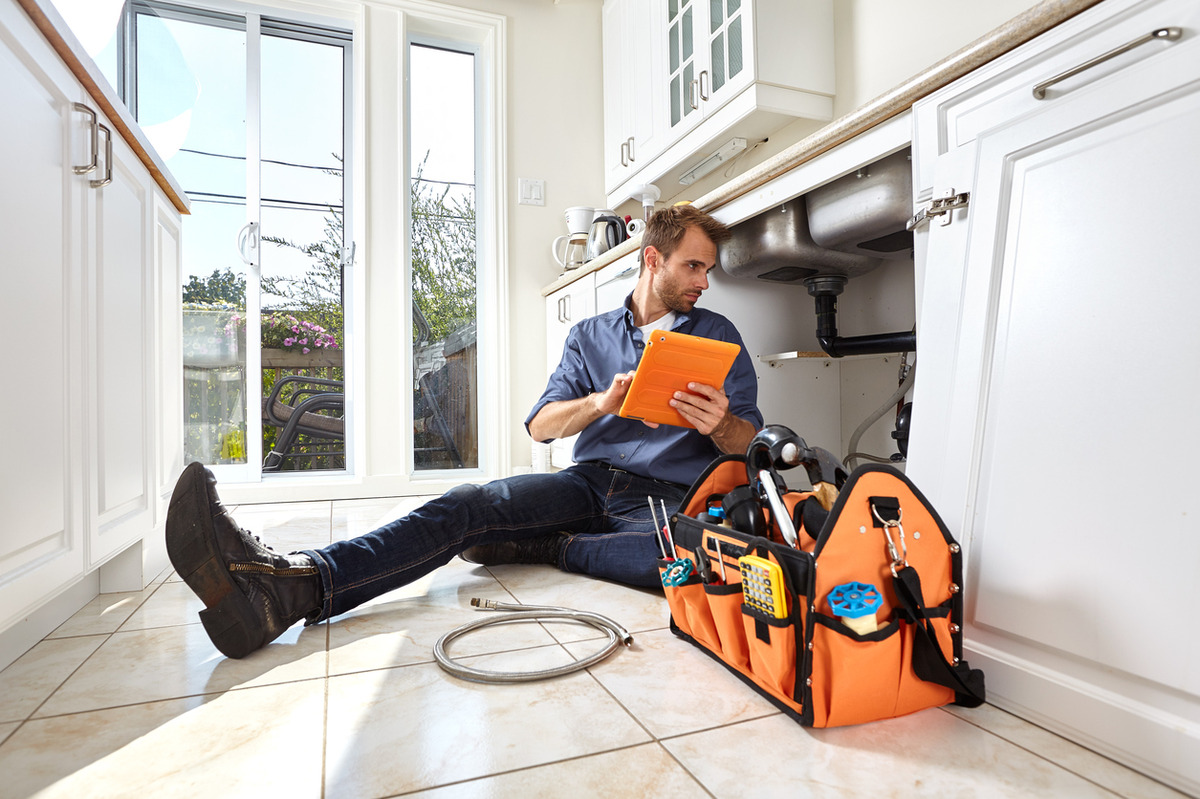
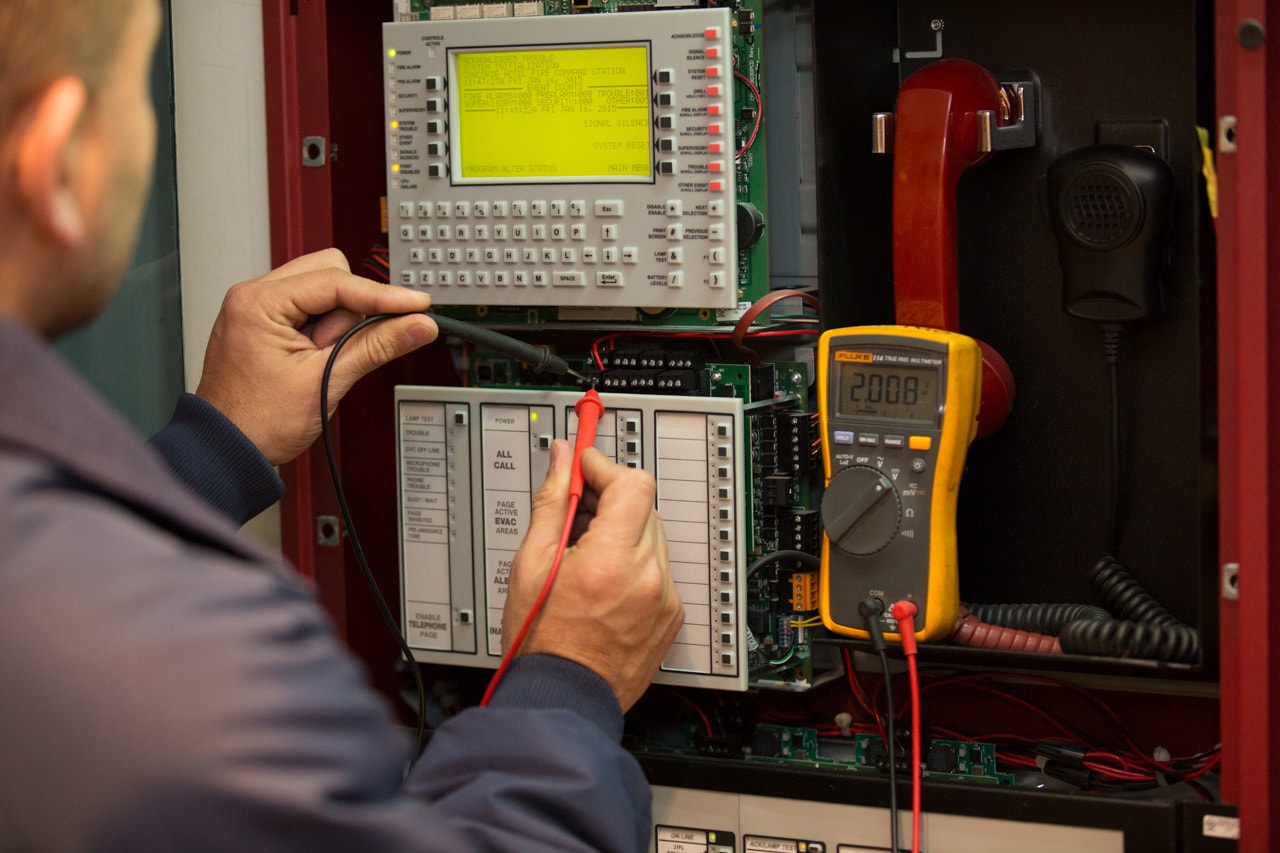


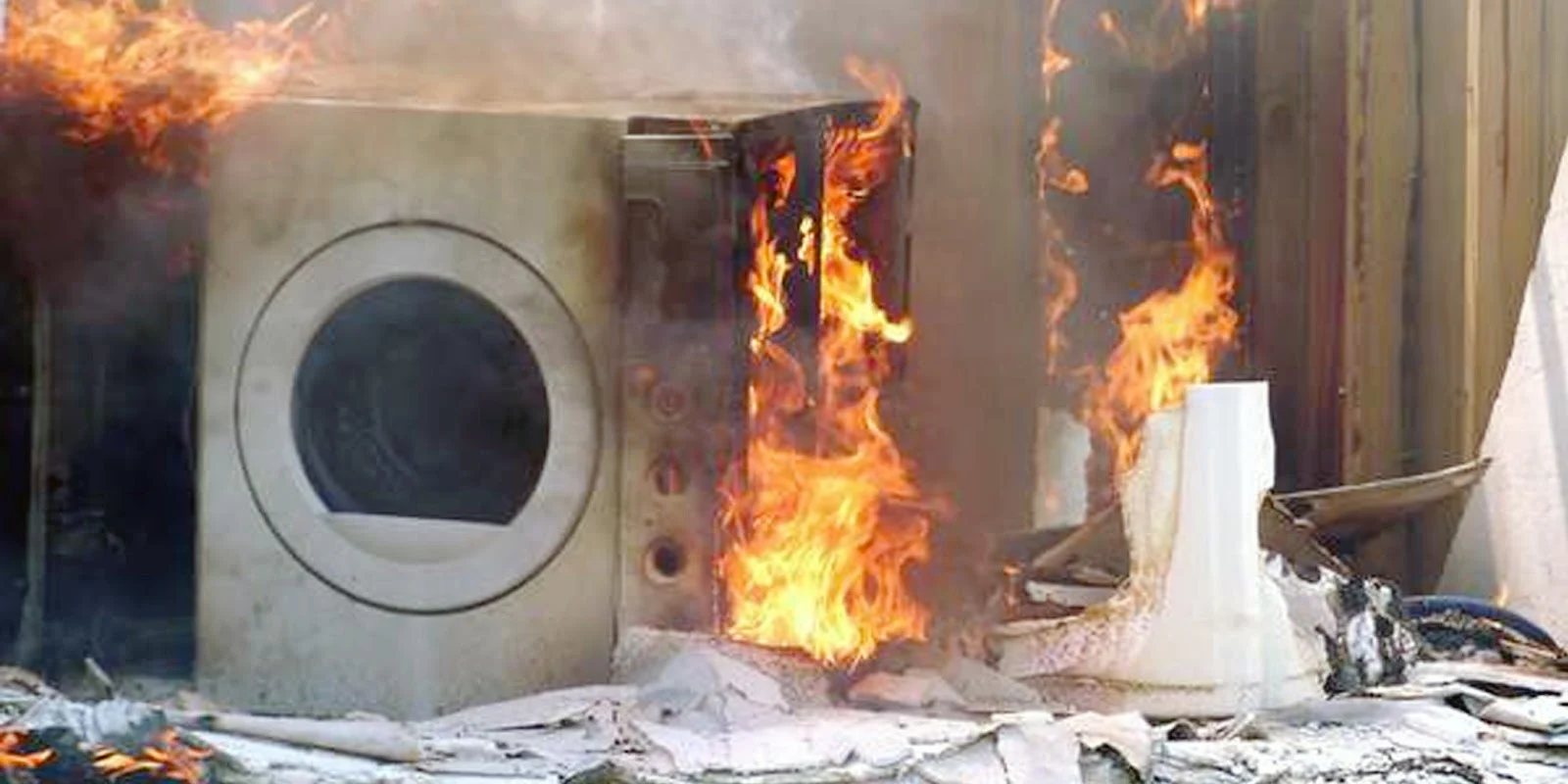





0 thoughts on “What To Do When Fire Alarm Goes Off In An Apartment Building”